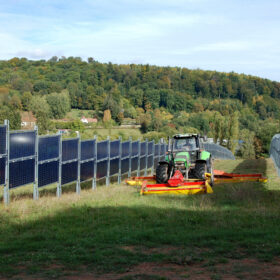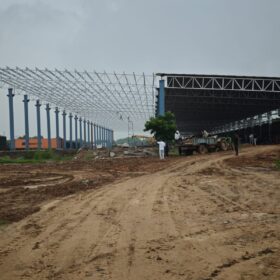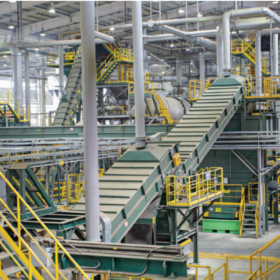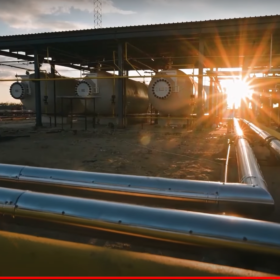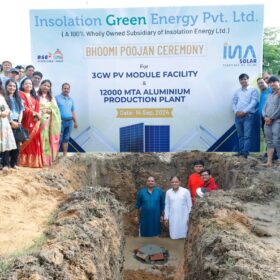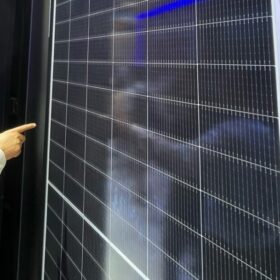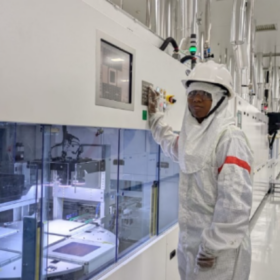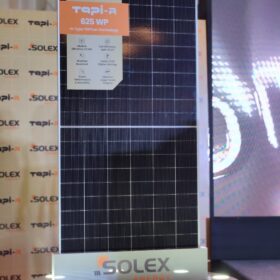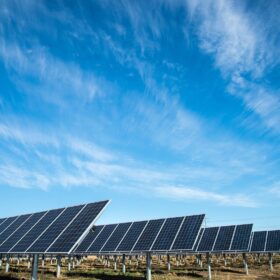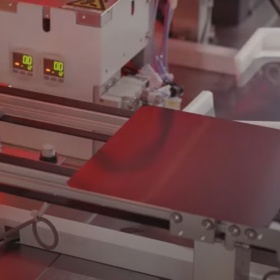How innovations in electrolyzer technology are making green hydrogen more affordable
The cost-effectiveness of green hydrogen hinges on the efficiency and scalability of electrolysers. Historically, the high cost of electrolysers and the electricity required for water electrolysis have been significant barriers. However, recent technological innovations are addressing these challenges.
Yashika Energy Systems partners Germany’s Next2Sun on vertical bifacial agri-PV systems
Yashika Energy Systems has partnered Germany’s Next2Sun and Wattkraft India to launch pilot projects, ranging from 100 kWp to 500 kWp, integrating vertical bifacial solar technology with agriculture.
RE+ 2024: Key takeaways on the U.S. solar industry
The 4.9 earthquake that shook Anaheim on the last day of RE+ 2024 did little to rattle the enthusiasm seen and felt at the largest energy conference in North America.
Gautam Solar to set up 2 GW PV cell manufacturing facility
Gautam Solar plans to establish a 2 GW PV cell manufacturing plant with an estimated investment of INR 1,000 crore.
Jindal India Renewable Energy enters battery storage systems, targets 5 GWh cell capacity by 2027
Jindal India Renewable Energy plans to build 1 GWh battery pack assembly line by 2025. It aims to become an end-to-end player in energy storage systems with 5 GWh cell capacity by 2027.
Hindalco mulling solar panel manufacturing
Hindalco, a mining and metals arm of Aditya Birla Group, plans solar panel manufacturing leveraging its capabilities in metal production. The company has reportedly identified Mundra (Gujarat) as the location for its manufacturing facility.
The Hydrogen Stream: India’s Uttar Pradesh receives INR 1.15 lakh crore investment proposals from 17 firms for green hydrogen production
The state government of Uttar Pradesh has received investment proposals amounting to close to INR 1.15 lakh crore from 17 different entities for producing green hydrogen/green ammonia
INA Solar breaks ground on 3 GW panel factory in Rajasthan
Insolation Energy (INA Solar) is building a 3 GW PV module manufacturing facility along with 12,000 mtpa aluminium frame plant in the Jaipur district of Rajasthan.
India’s stored potential
Renewable Energy Expo India (REI) returns to Greater Noida at the start of October, for what will be its 17th edition. For the second year running, The Battery Show India will run concurrently with REI. pv magazine had the chance to catch up with Julian Thomas, Senior Project Director at show organizer Informa Markets, to discuss why electric vehicles and energy storage are now the key to India’s energy transition.
Longi achieves 34.6% efficiency for two-terminal tandem perovskite solar cell prototype
In a paper published in nature, the Chinese module maker explained that the 33.9%-efficient tandem device it unveiled in December 2023 is based on a bilayer intertwined passivation strategy that combines efficient electron extraction with further suppression of nonradiative recombination. It also revealed that its two-terminal tandem prototype devices achieved an efficiency of 34.6%.

